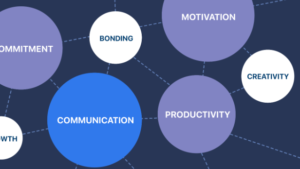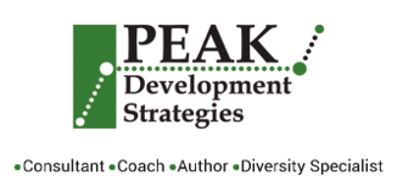
Workplace dynamics refer to the interactions and relationships between individuals within a work environment. These dynamics can significantly influence employee satisfaction, productivity, and overall organizational success. Understanding the types of workplace dynamics is essential for fostering a positive work culture and enhancing collaboration among team members.
- Communication-Oriented Collaboration
This style emphasizes effective communication among team members. It involves open sharing of ideas, opinions, and information. Teams that adopt this style prioritize discussions, meetings, and regular updates to ensure everyone is informed and aligned. This fosters transparency and inclusivity within the team.
- Task-Oriented Collaboration
In this style, collaboration revolves around achieving specific tasks or goals. Team members focus on their responsibilities while contributing their expertise to complete assigned tasks. Clear task delegation and well-defined roles are crucial in this approach, making it suitable for project-based or deadline-driven environments.
- Network-Oriented Collaboration
Network-oriented collaboration emphasizes building professional relationships both within and outside the organization. This style involves connecting with individuals across different departments or external partners to tap into diverse expertise and facilitate knowledge sharing, which is particularly useful for fostering innovation.
- Community-Oriented Collaboration
This style focuses on creating a sense of community within the workplace by building a positive team culture based on shared values and a sense of belonging. It enhances employee engagement, teamwork, and overall well-being by promoting camaraderie among team members.
- Cooperative Collaboration
Cooperative collaboration involves openly sharing ideas where team members work together towards common goals. This dynamic fosters trust and mutual respect, leading to higher engagement and productivity as everyone feels comfortable contributing.
- Competitive Collaboration
In competitive collaboration, teams actively compete to achieve the best results. While this can be motivating and stimulate creativity, it’s important to maintain healthy competition to avoid strained relationships.
- Directive Collaboration
Directive collaboration features a leader who takes charge of directing team efforts. This approach is beneficial in situations requiring quick decisions or when a team lacks experience but must ensure that it doesn’t stifle creativity from other members.
- Facilitative Collaboration
Facilitative collaboration includes a designated facilitator guiding discussions to ensure everyone’s voice is heard, promoting inclusivity while preventing dominant personalities from overshadowing others.
- Delegative Collaboration
Delegative collaboration empowers team members by giving them autonomy over their tasks and decisions, fostering creativity while ensuring adequate support is available.
Understanding these various styles allows organizations to choose the most appropriate methods for enhancing teamwork based on their unique goals, task requirements, interpersonal dynamics, and individual preferences.

Recent Comments